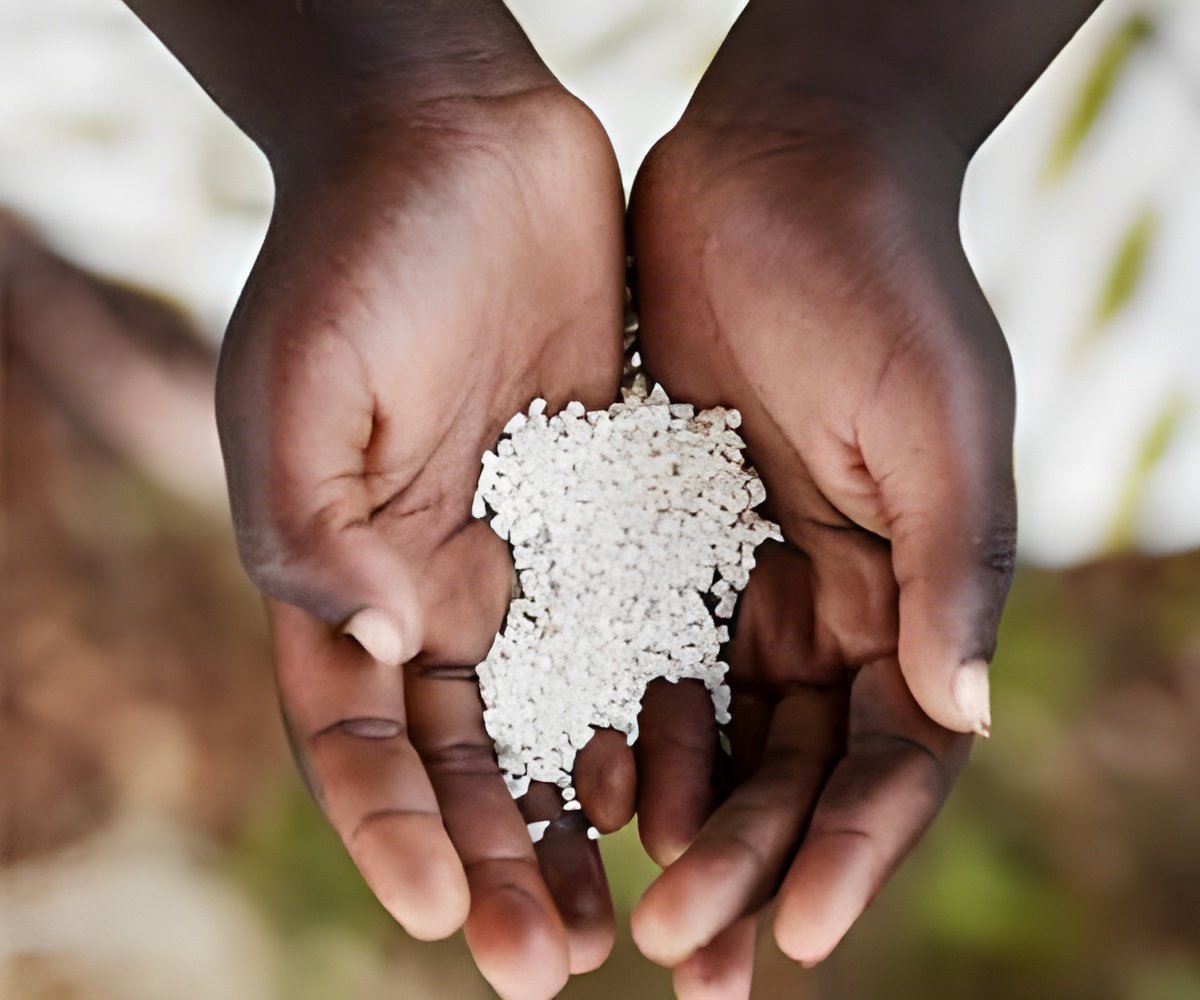
‘Globally, almost 2.3 billion kids and adults are overweight, and more than 150 million children are stunted. Undernutrition and obesity can lead to effects across generations.’
Read More..Tweet it Now
"We are facing a new nutrition reality where major food system changes have led the poorest countries to have high levels of overweight and obesity along with undernutrition," says Barry M. Popkin, lead author of the first paper and W.R. Kenan Jr. Distinguished Professor of Nutrition at the University of North Carolina at Chapel Hill Gillings School of Global Public Health. Read More..
"Our research shows that overweight and obesity levels of at least 20% among adults are found in all low-income countries. Furthermore, the double burden of high levels of both undernutrition and overweight occurs primarily in the lowest-income countries, a reality that is driven by the modern food system. This system has a global reach and is preventing low- and even moderate-income countries and households from consuming safe, affordable, and healthy diets in a sustainable way."
Globally, estimates suggest that almost 2.3 billion children and adults are overweight, and more than 150 million children are stunted. In low- and middle-income countries, however, these emerging issues overlap in individuals, families, and communities. The first paper explores the trends behind this intersection, known as the double burden of malnutrition, as well as the societal and food system changes that may be causing it, its biological explanation and effects, and policy measures that may help address malnutrition in all its forms.
Popkin and his co-authors used survey data from low- and middle-income countries in the 1990s and 2010s to estimate which countries faced a double burden of malnutrition, meaning that, in the population, more than 15% of people had wasted, more than 30% were stunted, more than 20% of women had thinness and more than 20% of people were overweight.
Results showed that more than a third of low- and middle-income countries had overlapping forms of malnutrition, 45 of 123 countries in the 1990s, and 48 of 126 countries in the 2010s. The problem was particularly common in sub-Saharan Africa, South Asia, and East Asia and the Pacific, where 29, seven and nine countries were affected, respectively.
Advertisement
"Emerging malnutrition issues are a stark indicator of the people who are not protected from the factors that drive poor diets," Popkin says.
Advertisement
The other three papers in The Lancet series build on Popkin and his team's work, exploring the physiological impacts of the double burden of malnutrition and recommending "double-duty" interventions that simultaneously reduce the risk of nutritional deficiencies while preventing obesity and related diseases.
To create the systemic changes needed to end malnutrition in all its forms, the series' authors call on governments, the United Nations, civil society, academics, the media, donors, the private sector and economic platforms to address the double burden of malnutrition and bring in new actors, such as grassroots organizations, farmers and their unions, faith-based leaders, advocates for planetary health, innovators, political leaders, consumer associations, and investors who are financing fair and green companies.
Source-Eurekalert










